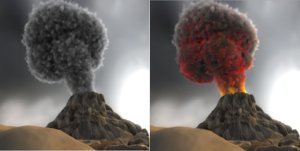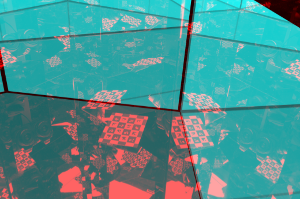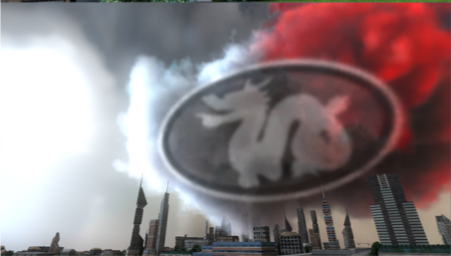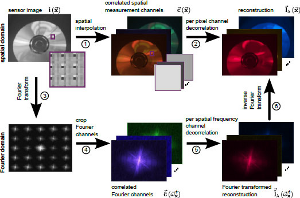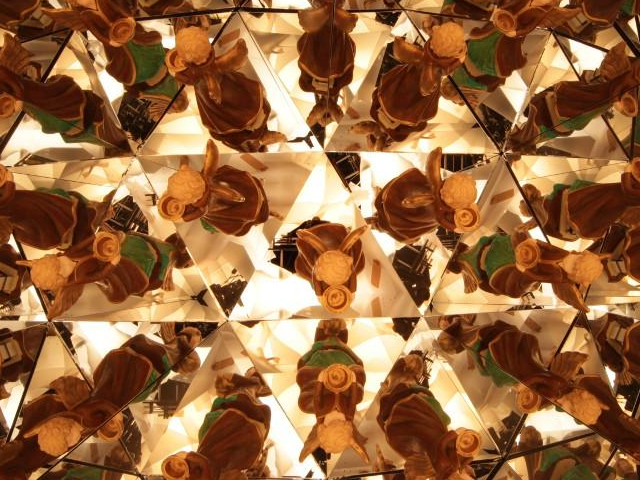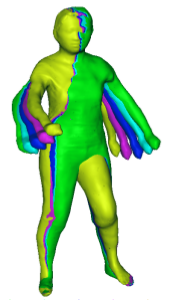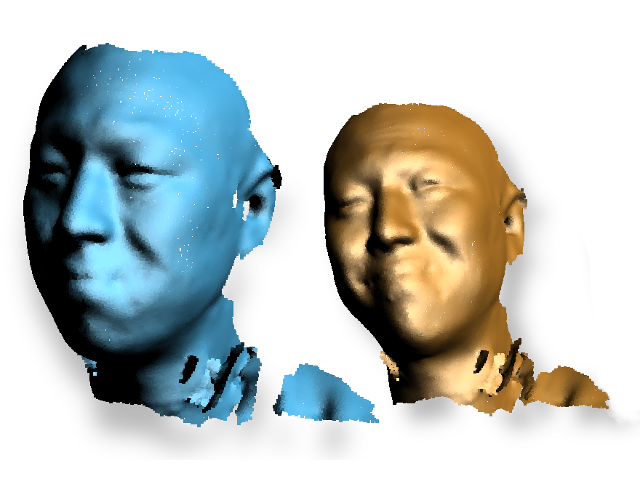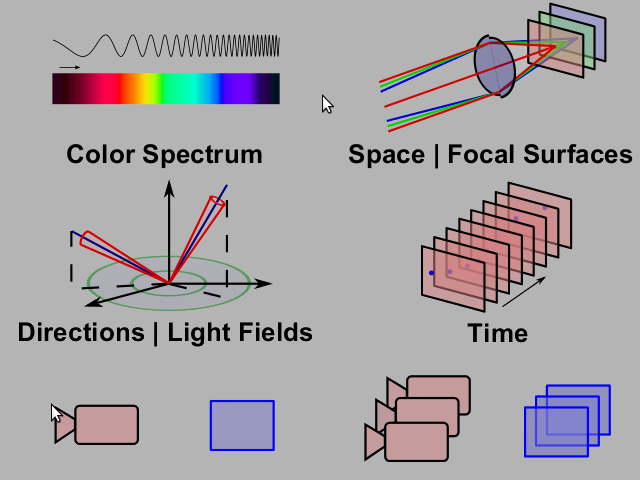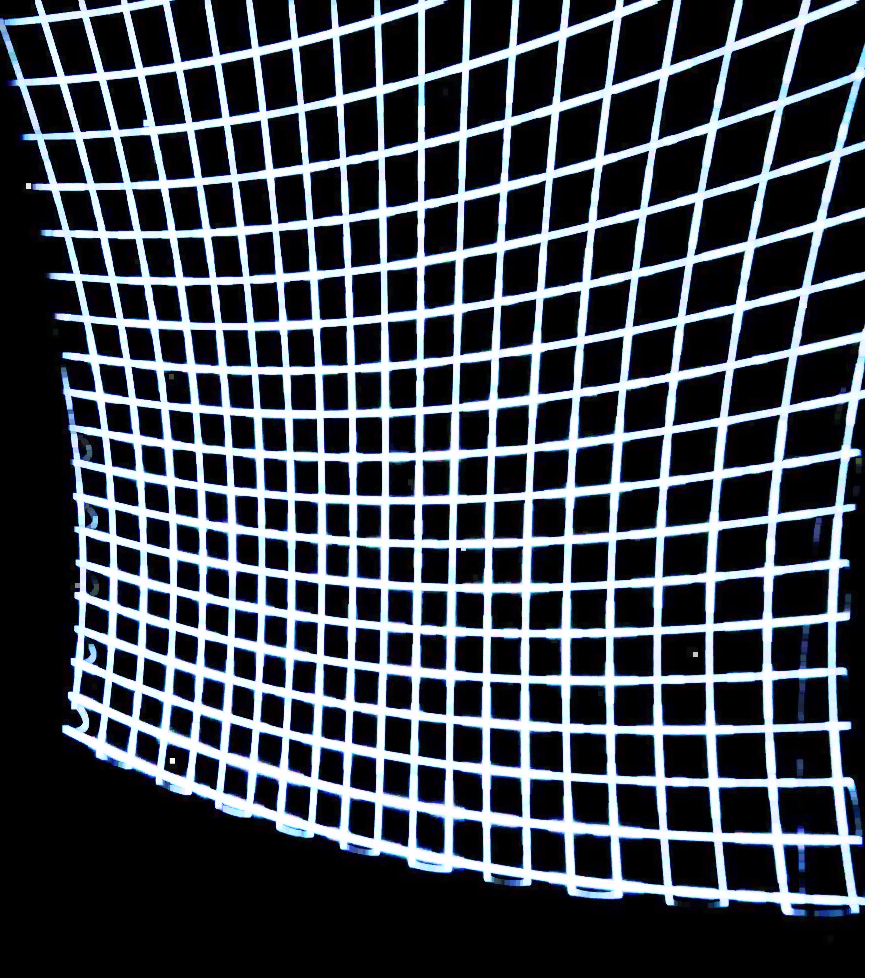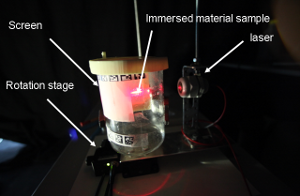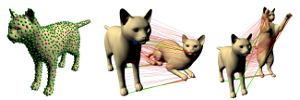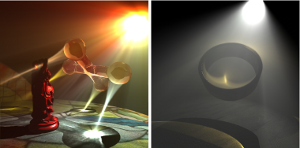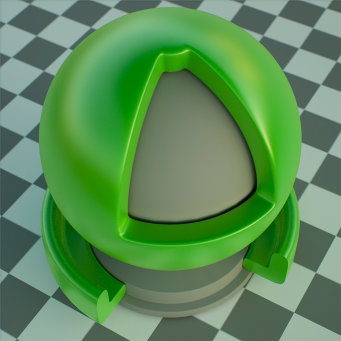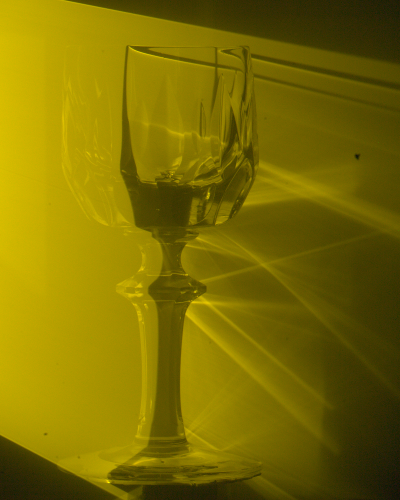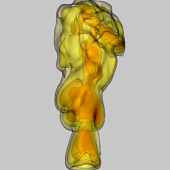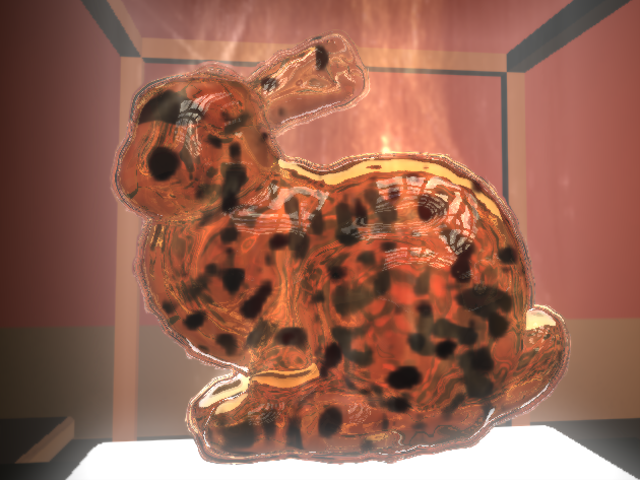Interactive Volume Caustics in Single-Scattering Media
Volume caustics are intricate illumination patterns formed by light
first interacting with a specular surface and subsequently being scattered inside a participating medium. Although this phenomenon
can be simulated by existing techniques, image synthesis is usually
non-trivial and time-consuming.
Motivated by interactive applications, we propose a novel volume
caustics rendering method for single-scattering participating media.
Our method is based on the observation that line rendering of illumination rays into the screen buffer establishes a direct light path
between the viewer and the light source. This connection is introduced via a single scattering event for every pixel affected by the
line primitive. Since the GPU is a parallel processor, the radiance
contributions of these light paths to each of the pixels can be computed and accumulated independently. The implementation of our
method is straightforward and we show that it can be seamlessly
integrated with existing methods for rendering participating media.
We achieve high-quality results at real-time frame rates for large
and dynamic scenes containing homogeneous participating media.
For inhomogeneous media, our method achieves interactive performance that is close to real-time. Our method is based on a simplified physical model and can thus be used for generating physically
plausible previews of expensive lighting simulations quickly.
Projects
Matthias Hullin, Ramesh Raskar, Hans-Peter Seidel, Hendrik P. A. Lensch, Ivo Ihrke
In: Proceedings of EUROGRAPHICS 2011.
Go to project listIn: Proceedings of EUROGRAPHICS 2011.
Abstract
This paper deals with the challenge of physically displaying reflectance, i.e., the appearance of a surface and its variation with the observer position and the illuminating environment. This is commonly described by the bidirectional reflectance distribution function (BRDF). We provide a catalogue of criteria for the display of BRDFs, and sketch a few orthogonal approaches to solving the problem in an optically passive way. Our specific implementation is based on a liquid surface, on which we excite waves in order to achieve a varying degree of anisotropic roughness. The resulting probability density function of the surface normal is shown to follow a Gaussian distribution similar to most established BRDF models.
Project Page Bibtex
@INPROCEEDINGS{HullinEG2011,
AUTHOR = {Hullin, Matthias B. and Lensch, Hendrik P. A. and Raskar, Ramesh and Seidel, Hans-Peter and Ihrke, Ivo},
EDITOR = {Deussen, Oliver and Chen, Min},
TITLE = {Dynamic Display of {BRDFs}},
BOOKTITLE = {Computer Graphics Forum (Proc. EUROGRAPHICS)},
ORGANIZATION = {Eurographics},
PADDRESS = {Oxford, UK},
ADDRESS = {Llandudno, UK},
PUBLISHER = {Blackwell},
YEAR = {2011},
PAGES = {475--483},
}
AUTHOR = {Hullin, Matthias B. and Lensch, Hendrik P. A. and Raskar, Ramesh and Seidel, Hans-Peter and Ihrke, Ivo},
EDITOR = {Deussen, Oliver and Chen, Min},
TITLE = {Dynamic Display of {BRDFs}},
BOOKTITLE = {Computer Graphics Forum (Proc. EUROGRAPHICS)},
ORGANIZATION = {Eurographics},
PADDRESS = {Oxford, UK},
ADDRESS = {Llandudno, UK},
PUBLISHER = {Blackwell},
YEAR = {2011},
PAGES = {475--483},
}

